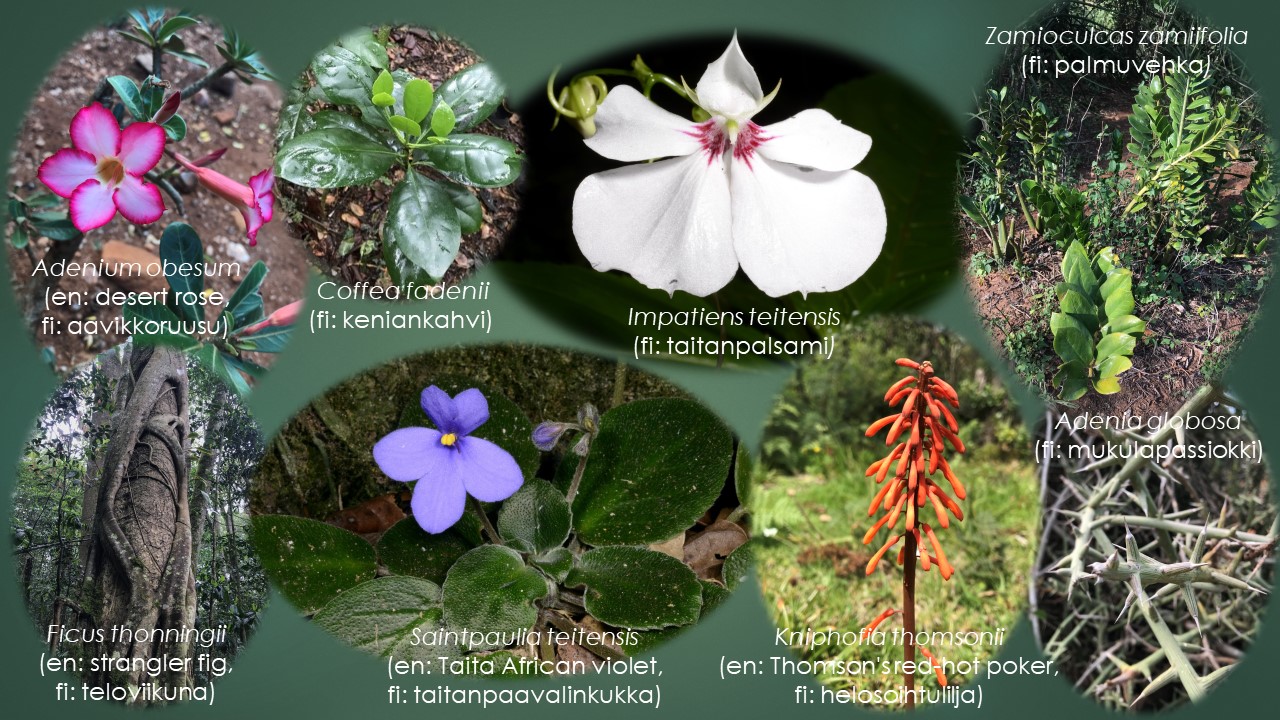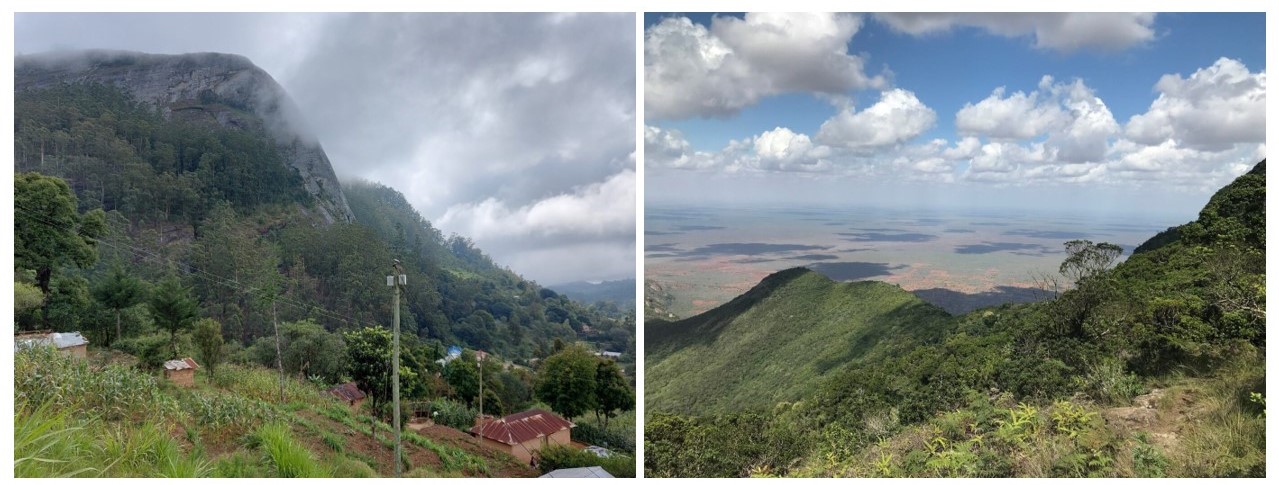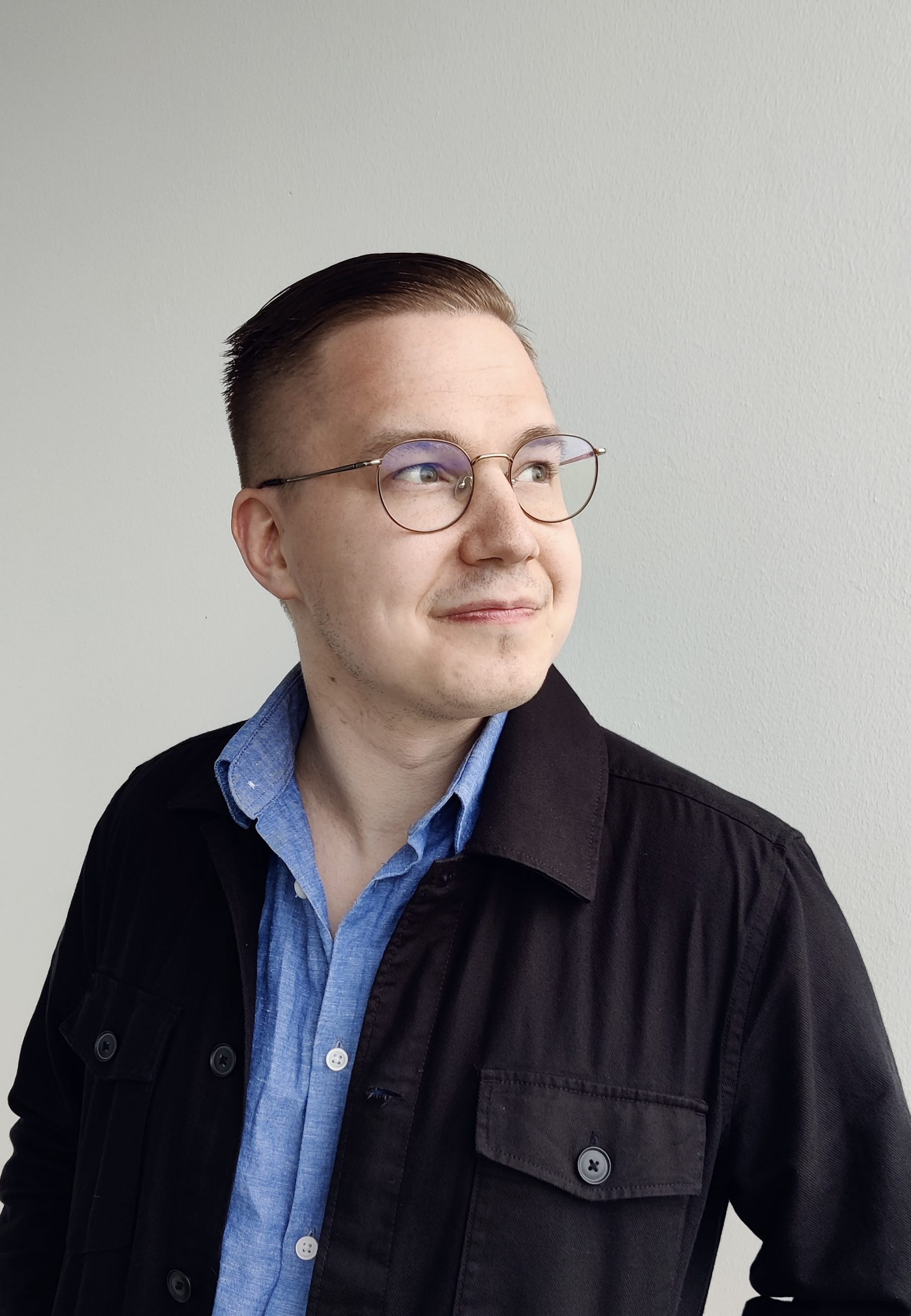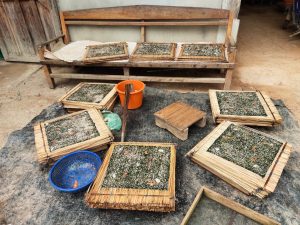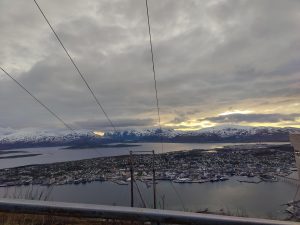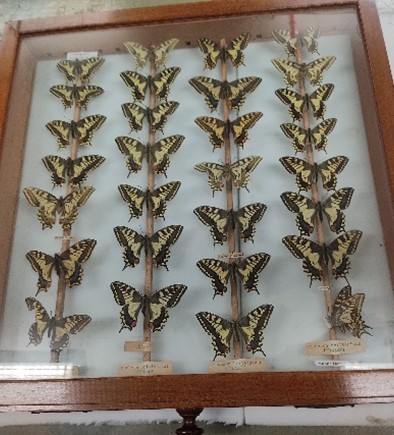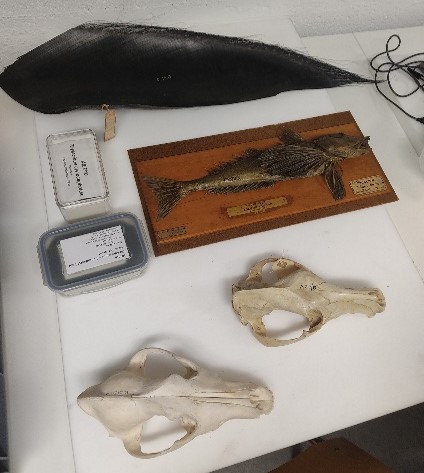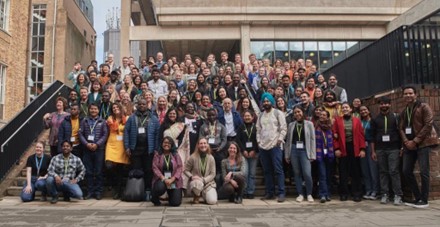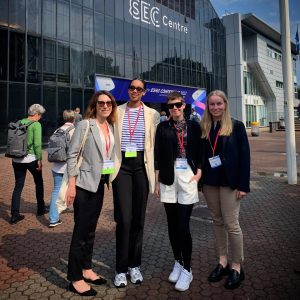Introduction
Let’s begin our journey through the world of Ovarian Oncology with the story of a patient named Maija. A grandmother and avid sportswoman, her life took an unexpected turn when she began experiencing high blood pressure and abdominal discomfort. Misdiagnosed initially, her journey into the realm of ovarian cancer reveals the critical importance of the research conducted during my HiLIFE traineeship.
Maija’s Journey
Maija’s health struggles began with indigestion-like symptoms (pain and discomfort in abdomen) and were initially attributed to common ailments. However, as her symptoms worsened, medical investigations unveiled a more sinister reality. Ascites, fluid accumulation within one’s abdomen, found during ultrasound analysis and elevated cancer antigen levels raised the alarm. A subsequent CT scan revealed possible stage IIIC ovarian cancer, a diagnosis all too common among patients.
The Crucial Surgery
Maija’s journey took a hopeful turn when she underwent primary debulking surgery, a critical procedure to remove cancerous tissues. Although most tissues were successfully removed, one remained elusive due to its location. Post-surgery, her recovery was on track, but the pathology report delivered unsettling news – high-grade serous epithelial ovarian cancer, known for its aggressive nature.
The Treatment and Challenges
Chemotherapy, combined with an anti-VEGF drug, became the next chapter in Maija’s fight. Genetic testing revealed BRCA1/2 mutations, classifying her as homologous recombination deficiency (HRD) positive. Being HRD-positive means cancer cells have a more challenging time repairing themselves after DNA damage. PARP inhibitors further block this repair mechanism, causing more cancer cells to die. However, the treatment journey was not without hurdles, with hemoglobin levels dropping as a side effect of PARP inhibitor therapy. Despite the challenges, the treatment was continued, albeit at a lower dose, in pursuit of extending Maija’s life.
The Heartbreaking Relapse
After three years of battling cancer, Maija experienced a devastating relapse. Multiple rounds of chemotherapy and PARP inhibitors had taken their toll. Left with limited treatment options and a dauntingly radical tumor, Maija confronted the harsh reality that current cancer treatments had little more to offer.
Tailoring Treatment: The Key to Ovarian Cancer Patients’ Survival
The heart-wrenching journey of patients like Maija underscores the critical importance of ongoing research in the field of ovarian cancer. Statistics reveal that in over 7 out of 10 cases, ovarian cancer returns after the initial treatment1. This sobering fact highlights a pivotal lesson from ongoing research: there is no universal solution when it comes to treating ovarian cancer. Each patient’s experience is unique, and their tumors are characterized by heterogeneity. It is, therefore, imperative to delve into the realm of precision medicine, where treatments are tailored to the individual. The quest for personalized medicine hinges on the discovery of a myriad of biomarkers. These biomarkers serve as keys, unlocking the understanding of how each patient responds uniquely to available treatments and which approach holds the most promise.
The Role of Traineeship in My Journey
At the forefront of the search for answers to these pressing questions stands Färkkilä lab at the University of Helsinki. This laboratory is dedicated to pioneering prognostic and predictive biomarkers, along with innovative therapeutic approaches aimed at elevating the treatment and survival prospects of ovarian cancer patients. And I had the incredible opportunity to be a part of their research. Our project aimed to analyze imaging data to predict cancer cell mutations, seeking out predictive features that could shape future treatments. Throughout this journey, I never felt alone; support was always at hand. From day one, I felt like an integral part of an exceptional team.
During my traineeship, I eagerly embraced Machine Learning tools to unravel the secrets that could serve as predictive markers for cancer mutations. This experience allowed me to immerse myself in cutting-edge technologies for profiling tumors and the intricate process of analyzing the data we received. It was an opportunity to push the boundaries of Machine Learning applications, to turn theory into practice, and to contribute meaningfully to a field that holds the potential to improve people’s lives.
One of the most eye-opening experiences was coming face-to-face with the immense challenge of acquiring sufficient data for effective Machine Learning models. It underscored the monumental collaborative effort required to create a dataset that could be harnessed for Machine Learning analysis.
Beyond the Lab
My HiLIFE experience extended beyond the laboratory; it was about forming lasting friendships, discovering the artistic side of life, and even indulging in sports. I had the privilege of collaborating with colleagues who not only expanded my knowledge of ovarian cancer challenges but also introduced me to the beauty of Finland and the joy of camaraderie. We organized a fun and educational musical video about our staining procedures, explored the Finnish tradition of berry picking, and even tried our hand at standup paddleboarding.

A Recommendation for All
In closing, I wholeheartedly recommend seizing the opportunity to join the lab of your dreams. It can be a life-changing experience. Remember the old proverb: “If you want to go fast, go alone; if you want to go far, go together.” My journey through Ovarian Oncology taught me the power of collaboration, the significance of research, and the beauty of friendships forged in the pursuit of a common goal.
So, embark on your journey, make a difference, and create lasting memories along the way. Your HiLIFE traineeship could be the start of something truly extraordinary.
References:
- Surgery for Recurrent Ovarian Cancer May Help Selected Patients – NCI. https://www.cancer.gov/news-events/cancer-currents-blog/2022/ovarian-cancer-return-surgery-desktop-iii (2022).



